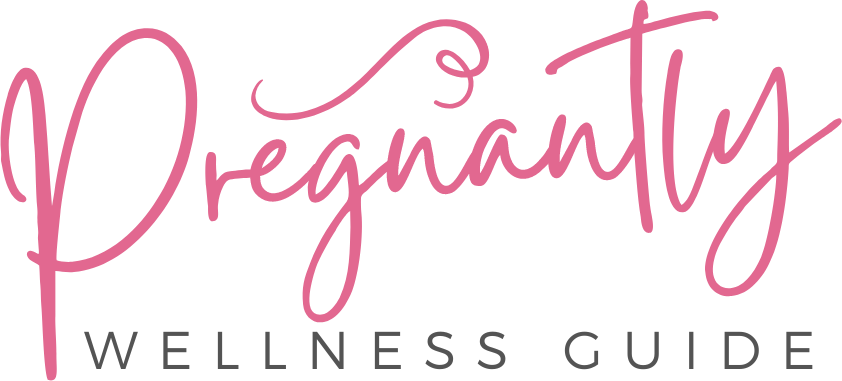
Despite increased attention and awareness surrounding eating disorders and body image issues among women, these problems continue to pervade society. The prevalence of eating disorders, such as anorexia nervosa and bulimia nervosa, remains alarmingly high.
This article aims to explore the factors contributing to the development and perpetuation of these issues, focusing on the impact of media portrayal of idealized body images and societal pressures.
Additionally, it will discuss available resources for seeking help and support in addressing eating disorders and body image concerns.
Key Takeaways
– Eating disorders affect a significant number of women worldwide, including anorexia nervosa, bulimia nervosa, and binge-eating disorder.
– Sociocultural pressures, such as media influence and societal standards of beauty, contribute to the development of eating disorders.
– Media portrayal heavily influences societal perception of idealized body standards, leading to negative body image perceptions among women.
– Seeking professional help and support, such as therapy and support groups, is crucial for individuals struggling with eating disorders and body image concerns.
Prevalence of Eating Disorders Among Women
The prevalence of eating disorders among women has been extensively studied and documented in various research studies. Eating disorders, such as anorexia nervosa, bulimia nervosa, and binge-eating disorder, affect a significant number of women worldwide. These disorders are complex and multifaceted, with causes and risk factors that can vary from individual to individual.
There are several factors that contribute to the development of eating disorders among women. Sociocultural pressures, including media influence and societal standards of beauty, play a significant role in shaping body image ideals. Internalization of these ideals can lead to body dissatisfaction and disordered eating behaviors. Additionally, biological factors such as genetic predisposition and neurochemical imbalances may increase susceptibility to developing an eating disorder.
When it comes to treatment options for eating disorders among women, a multidisciplinary approach is typically recommended. This may involve psychotherapy, nutritional counseling, medical interventions, and support from a healthcare team specializing in eating disorders. Cognitive-behavioral therapy (CBT) has shown promising results in helping individuals address distorted thoughts and behaviors related to food and body image.
It is worth noting that recovery from an eating disorder is a highly individualized process that requires ongoing support and commitment. The journey towards freedom from an eating disorder involves addressing underlying psychological issues while simultaneously addressing the physical consequences of disordered eating patterns. With the right support system in place and evidence-based treatments tailored to the specific needs of each individual woman affected by an eating disorder, there is hope for recovery and improved quality of life.
Impact of Media on Body Image Perception
Media portrayal heavily influences societal perception of idealized body standards. The media plays a significant role in shaping how individuals perceive and internalize their own body image. This influence is particularly prominent among women, who are constantly bombarded with images of thin, flawless models and celebrities. These unrealistic beauty ideals can lead to dissatisfaction with one’s own appearance and contribute to the development of body image issues such as eating disorders.
Research has consistently shown a strong correlation between media exposure and negative body image perceptions among women. A study conducted by Groesz et al. (2002) found that exposure to thin-ideal images in the media significantly increased levels of body dissatisfaction among college-age women. Similarly, Grabe et al. (2008) discovered that frequent exposure to idealized female bodies in the media was associated with higher levels of disordered eating behaviors.
It is important to note that not all media portrayals have a negative impact on body image perception. The emergence of the body positivity movement has challenged traditional beauty standards and promoted acceptance of diverse body shapes and sizes. By featuring more inclusive representations in advertising campaigns, fashion magazines, and social media platforms, the media can potentially foster positive body image attitudes among audiences.
Societal Pressures and Body Image Issues
Societal pressures on appearance contribute to the development of negative self-perception and dissatisfaction with one’s physical characteristics. The influence of societal expectations can be seen in various ways, leading individuals to struggle with accepting their bodies as they are.
Here are three key aspects that highlight the impact of societal pressures on body image:
1. Unrealistic beauty standards: Society often promotes a narrow definition of beauty that is unattainable for most individuals. The media, fashion industry, and advertising all play a role in perpetuating these ideals, emphasizing thinness, youthfulness, and flawless features.
2. Comparison culture: Constant exposure to images of idealized bodies through social media platforms creates an environment where people compare themselves to others. This comparison can lead to feelings of inadequacy and heightened self-consciousness about one’s own appearance.
3. Body shaming and criticism: Society tends to judge individuals based on their physical appearances, often criticizing those who do not fit within conventional beauty standards. This can result in feelings of shame and low self-esteem among those who do not meet these expectations.
To promote self-acceptance in society, it is important to challenge unrealistic beauty standards, foster body positivity movements that celebrate diverse body types, and encourage open conversations about self-image and acceptance. By embracing individuality and rejecting harmful societal norms, we can create an environment where everyone feels comfortable and accepted in their own skin.
Seeking Help and Support for Eating Disorders and Body Image Concerns
Research suggests that seeking professional help and support is crucial for individuals struggling with negative self-perception and dissatisfaction related to appearance. For those experiencing eating disorders and body image concerns, support groups and professional therapy can provide valuable assistance in the journey towards recovery.
Support groups offer a safe space for individuals to share their experiences, feelings, and challenges with others who are going through similar struggles. These groups often consist of individuals at various stages of recovery, allowing participants to gain insights from those who have made progress in overcoming their issues. Peer support can foster a sense of belonging and reduce feelings of isolation, which are common among individuals with eating disorders.
In addition to support groups, professional therapy is an essential component of treatment for eating disorders and body image concerns. Therapists specializing in these areas can provide evidence-based interventions such as cognitive-behavioral therapy (CBT) or dialectical behavior therapy (DBT). These approaches aim to challenge negative beliefs about one’s appearance and establish healthier coping mechanisms for managing emotions.
Frequently Asked Questions (FAQs)
How Do Eating Disorders Affect Men and Non-Binary Individuals?
Eating disorders can impact men and non-binary individuals, leading to various experiences and struggles. Understanding their unique challenges requires an objective examination of the effects on mental health, body image perceptions, and societal pressures.
What Are Some Common Signs and Symptoms of Body Dysmorphia?
Body dysmorphia refers to a mental health condition characterized by obsessive preoccupation with perceived flaws in appearance. Understanding and treatment options for body dysmorphia are essential for addressing its impact on mental health.
Are There Any Cultural Factors That Contribute to Body Image Issues Among Women?
Cultural influences, such as societal norms and media impact, play a significant role in shaping body image issues among women. These factors can contribute to unrealistic ideals of beauty and promote dissatisfaction with one’s appearance.
How Can Social Media Platforms Promote a Healthier Body Image?
Social media platforms have the potential to positively impact individuals’ self acceptance, mental health, and body positivity. By promoting media literacy, encouraging body diversity, and adhering to advertising standards, social media can foster improved self-esteem and a healthier body image.
Are There Any Alternative Therapies or Treatments Available for Individuals Struggling With Eating Disorders and Body Image Concerns?
Alternative therapies and mindfulness techniques offer potential avenues for individuals struggling with eating disorders and body image concerns. These approaches provide complementary strategies to traditional treatments, aiming to address the psychological, emotional, and behavioral aspects of these issues.
Conclusion
In conclusion, eating disorders and body image issues are prevalent among women due to the influence of media and societal pressures.
Research shows that approximately 20 million women in the United States suffer from an eating disorder at some point in their lives. This statistic highlights the urgency of addressing these concerns and providing support for those affected.
It is crucial to promote a healthy body image and encourage individuals to seek help when needed. By raising awareness and offering resources, we can strive towards a society that values self-acceptance and positive body image.







